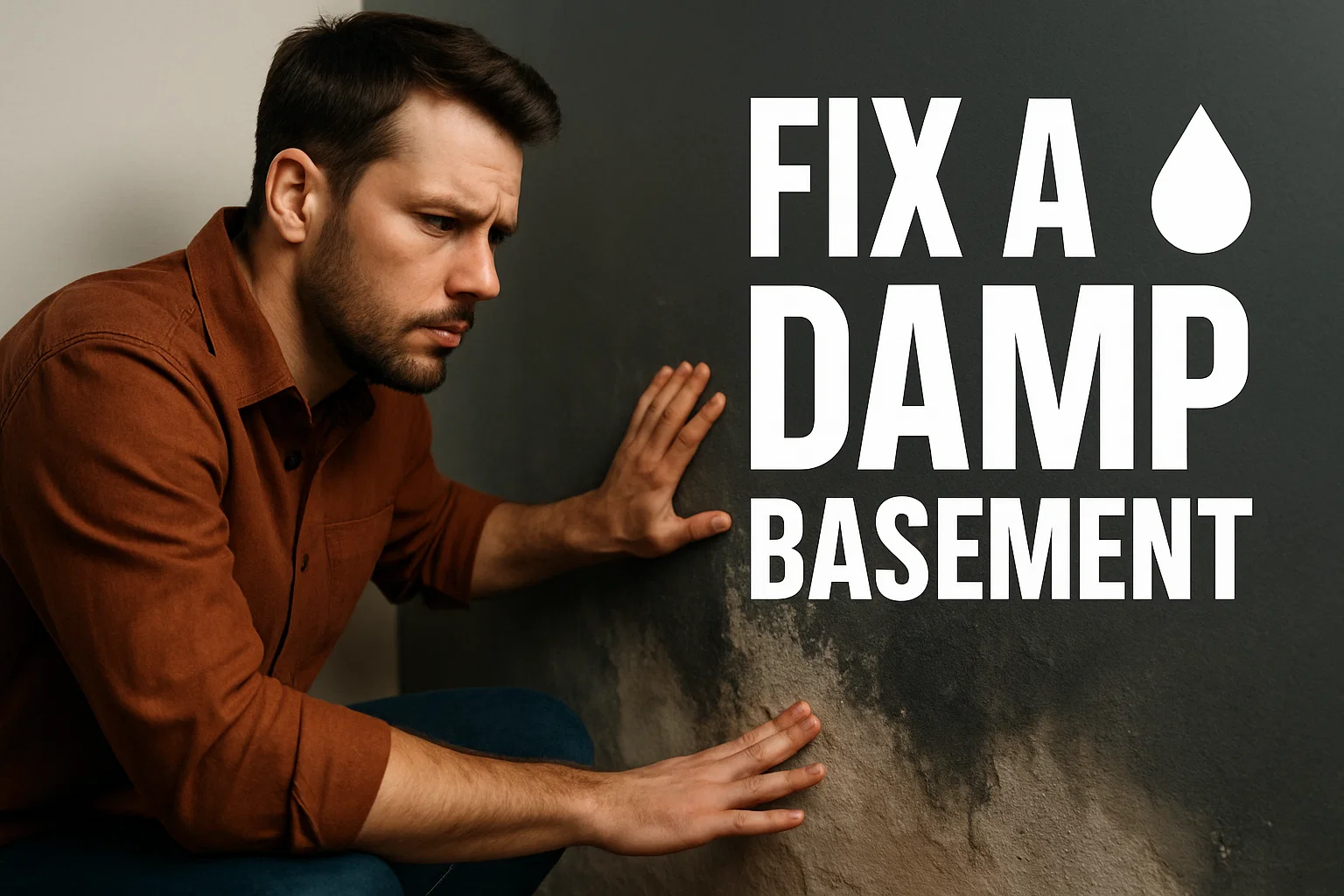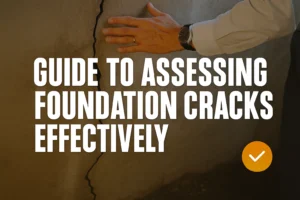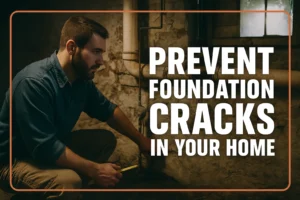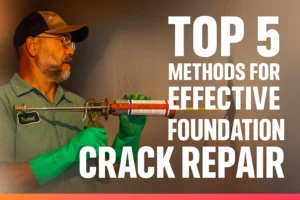One of the most widespread conditions is a damp basement that can cause unpleasant odors, mold growth, and even structural damage if left unaddressed. A large number of homeowners find it difficult to comprehend why their basements remain moist and how to correct the situation. This article will discuss the underlying causes of dampness in basements and provide some practical solutions to ensure that your basement stays dry and your house remains safe.
Common Causes of Dampness in Basements
Dampness of the basement is a common problem that may result in the growth of mold, a bad smell and even structural deterioration. Without knowing the causes, there will be no effective solutions. These are the most frequent causes of basement dampness:
Poor Drainage Around the Foundation
Poor drainage of rainwater or groundwater can enter your home by seeping through the walls and floors of the basement. This is mostly as a result of blocked gutters, downpipes or poor landforming which leads to the pooling of water around the foundation.
Cracks in Walls and Floors
Even minor cracks serve as points of moisture entry, permitting water to enter, wetting walls and floors.
High Groundwater Levels
Where the water table is high, hydrostatic pressure presses groundwater against basement walls and floors that resulting in leaks.
Sump Pump Failure
The failure of a malfunctioning or small sump pump can not clear the accumulating water and cause basement flooding.
Poor Ventilation and Condensation
When warm, moist air touches cold basement surfaces, it condenses and creates dampness and promoting the growth of moulds.
Leaky Pipes or Plumbing Issues
Plumbing leaks that are hidden may saturate the walls or floor of the basement, a factor that contributes to moisture problems.
Knowing these causes, the homeowners can take specific action to dry up the basement area and avoid the problem of moisture in the future.
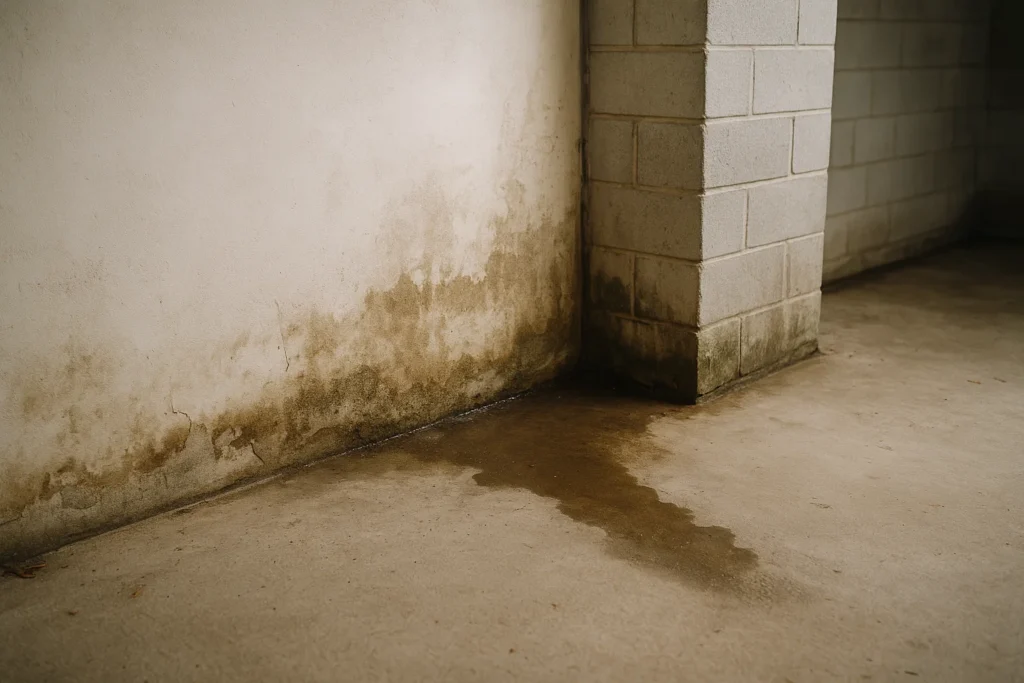
How to Fix a Damp Basement
A damp basement may cause structural damage, mold growth, and poor indoor air quality without proper treatment. Fortunately, however, there are a few steps that the homeowners can take to solve and correct the problem of dampness in the basement:
1. Identify the Source of Moisture
Begin by identifying the source of the dampness- examine the poor drainage around the base, cracks on walls or floors, malfunctioning sump pumps and condensation due to bad ventilation.
2. Improve Exterior Drainage
Make sure that gutters and downspouts have their flow away the foundation of your home. Repack the soil surrounding the basement to slope away to ensure that the water does not accumulate around the walls. A French drain is to be considered.
3. Seal Cracks and Leaks
Check the basement walls and floors using cracks or gaps. These entry points should be sealed using hydraulic cement or epoxy fillers to prevent the entry of moisture in the basement.
4. Apply Waterproof Coatings
Use breathable or waterproof or damp-proof paints for special basement interiors. The coatings provide a barrier that minimizes moisture intrusion and also shields your walls and floors.
5. Install or Maintain a Sump Pump
Assess the functionality of your sump pump and clean up drainage pipes. In the absence of one, a sump pump, which is installed, is capable of removing a large amount of groundwater that collects under the basement floor.
6. Improve Air conditioning and humidity.
Dehumidifiers or ventilation fans should be used to ensure that indoor humidity is below 50 percent, and condensation and dampness are minimized. Good ventilation also deteriorates the growth of molds.
7. Consider Interior Drainage Systems
In severe water issues, an interior French drain or cavity drain membrane system can be installed to collect and redirect water to a sump pump. These systems often require professional installation but offer robust protection.
When to Call a Professional
The DIY solution may sound attractive but professional waterproofing of basements is the wiser decision in the long run. Professionals understand where to locate the actual cause of your humid conditions, rather than what you observe at the surface. They possess the right equipment and experience to install the right drainage systems, crack seals, install sump pumps, and use waterproof coatings that work.
Professional waterproofing does not simply make something waterproof. Even a professionally waterproofed (dry) basement can enhance the resale value of your house by making it more consumer-friendly. At Lapans Basement Waterproofing, our professional work is cost-effective in the long run. Trust the professionals to secure your home while you save time and avoid the cost of future repairs.
Conclusion
Maintaining a dry basement is key to the health and safety of your home. Early recognition of dampness, its causes, and the appropriate remedies can avoid mold, odors and structural damage. You should keep your basement dry, whether you can fix small dents with your own hands or hire specialists such as LAPANS Basement Waterproofing to take care of your home, and it will save you money and help to live in a healthier environment.
Frequently Asked Questions (FAQs)
Dampness in the basement is typically due to poor drainage, small openings in walls or floors, a high water table, broken sump pumps, and the condensation that comes from poor ventilation.
If it was done well and the maintenance is consistent, the professionalism can last for 10 to 20 years or more.
Waterproofing is effective in avoiding the formation of molds since it keeps the moisture out. Thus, it contributes to the good quality of the air inside the house.
It’s time to bring in the expertise if the water keeps coming in, or the structure is cracking, there’s mold, or if your attempts to fix the problem haven’t yielded any results.
Several factors determine the cost of basement waterproofing. For instance, the size of the basement and the severity of the water problem. The price typically ranges from a few thousand dollars to over $10,000 for major repairs.
The recommendation is to inspect your basement approximately four times a year, particularly after a heavy rain or when snow starts to melt.
